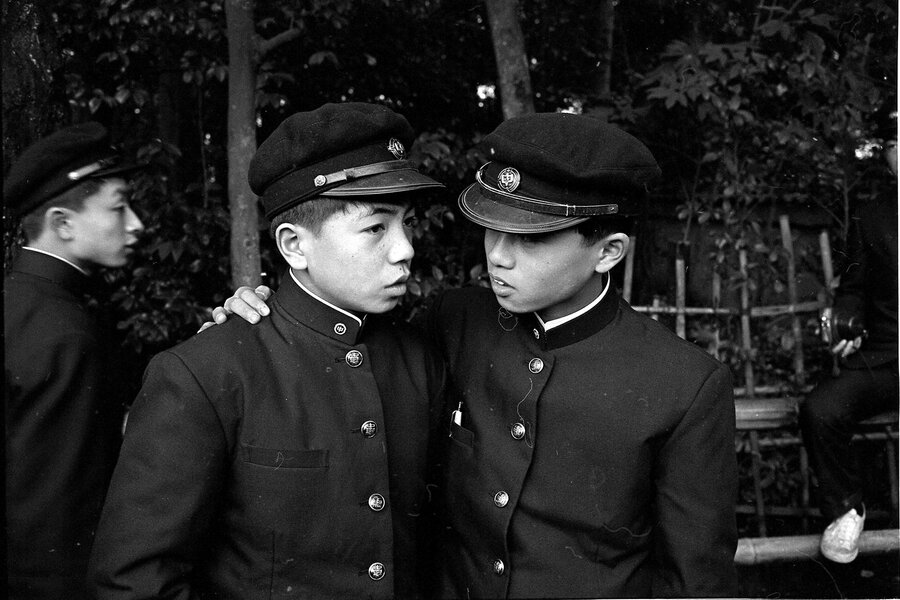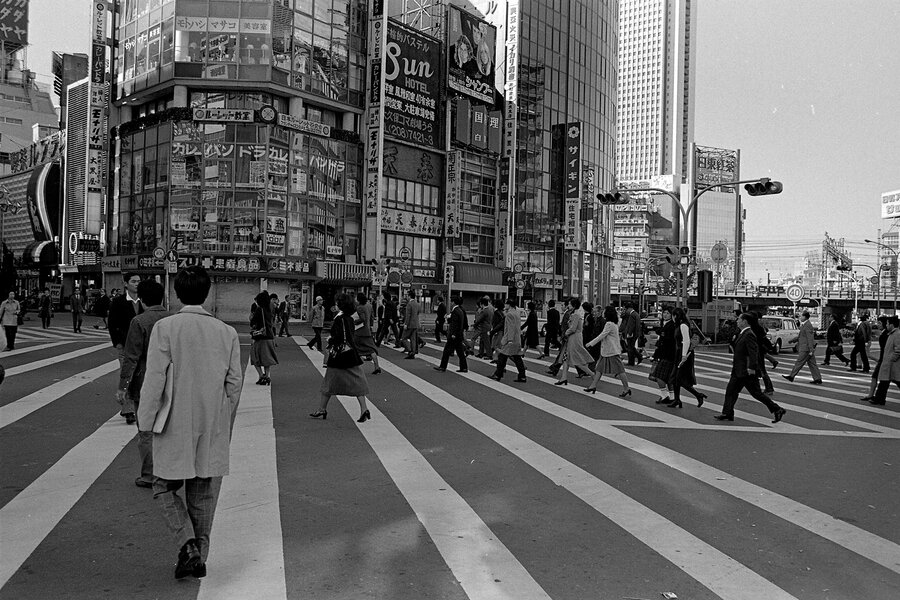1960s and ’70s Japan: a changing culture
Loading...
| Boston
IN A QUEST TO DOCUMENT the human narrative, Monitor photographers have witnessed a vast spectrum of events, some large in historical scope, others seemingly mundane.This project is an attempt to dust off some of those smaller moments, which gain a glow of appeal with the passing of time as they provide telling views into the past. Renowned Monitor photographer Gordon Converse took many trips to Japan in the 1960s and ’70s to chronicle the growth of a nation both inherently innovative and firmly rooted in tradition. Decades after he took them in black-and-white film, Converse’s photos still feel fresh in their portrayal of a multifaceted country bursting with vibrant culture.






